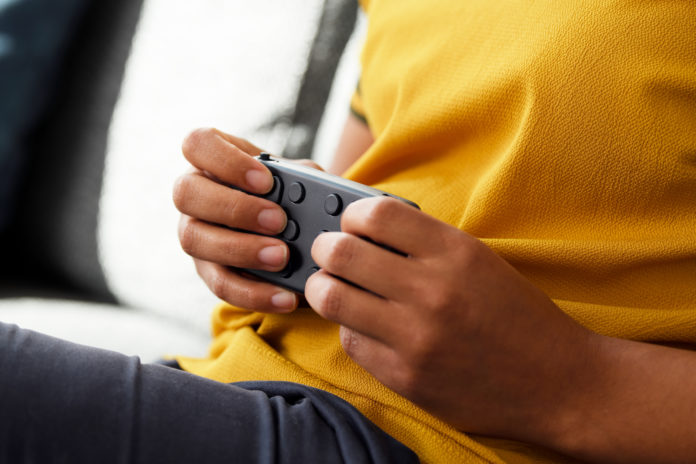
Now, there’s a device that helps the blind and visually impaired to use a smartphone more easily.
It is an innovation of the Eindhoven start-up Hable. There are millions of blind and visually impaired people worldwide who have smartphones. However, the alternatives now available aren’t always convenient.
“As a blind person you can now use voice-over, or bring a large log braille keyboard”, Hable co-founder, Freek van Welsenis, says. They have now processed that large, unwieldy keyboard into this small device.
Connects remotely to smartphone
It’s called the Hable One and about the size of a smartphone. The 23-year-old talks passionately about the invention. Hable connects to a smartphone via Bluetooth. Users can operate their smartphone using the buttons on the device.
The first test, with 40 blind and visually impaired people, was promising. “The first reactions were full of praise. They were especially pleased that they could use their phone much faster.”
“Half of the test subjects eventually bought the product. We weren’t on the market at all at that time. Now others can buy the device too.”
‘Small issues’
“We first made a prototype which worked well,” 21-year-old Gijs Leemrijse says. “We started talking to people who are blind. Then we discovered little things that weren’t very handy.”
“For example, to type a capital letter in Braille in English, you use a different input than in Dutch. Fortunately, we could change that quickly.”
Hable is so successful that the entrepreneurs were soon able to market their products abroad. They are, however, tackling this internationalisation conservatively. “In Dutch, you don’t have many special characters that you use often,” Leemrijse explains.
Different needs in other languages
“That’s very different in Spanish, for example.” He’s responsible for most of the Hable technical side. “In Spanish, they often use an ‘N’ with a tilde [ñ]. That should, therefore, be easily accessible to Spanish users”.
This idea was conceived by company co-founder, Ayushman Talwar (26). His grandfather lives in India and is blind. Ayushman and his grandfather wanted to keep in touch when he away, studying in the Netherlands.
His grandfather couldn’t use his smartphone. That prompted Ayushman to develop his first prototype.
Source: Studio040
Translator: Bob
Editor: Melinda Walraven















